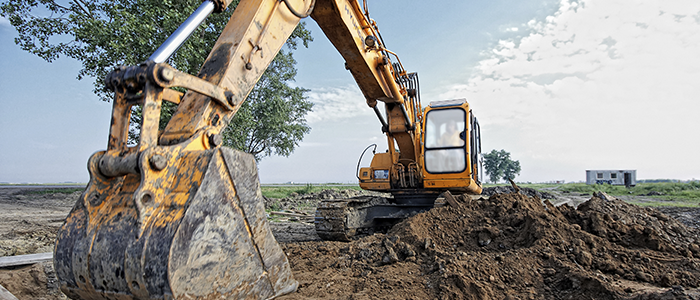
Want to know more about risk management? Our Risk Services team can help.Tens of millions of dollars’ worth of equipment and tools are stolen each year in Canada and this statistic continues to soar.Construction companies and contractors know that heavy equipment and tools can be easy to steal, easy to sell, and has a low recovery rate.
Less than 25% of stolen equipment is ever recovered.That’s an alarming statistic, considering the cost of heavy equipment and tools can easily range in the hundreds of thousands at a single worksite.A used backhoe alone ranges from $30,000 to $60,000! The cost of replacing the stolen equipment is not the only consequence of theft.
Delays in completion of the project due to the loss of specific or unique equipment can increase project costs and trigger late penalties.Additionally, you, the contractor, may be held liable if the stolen equipment causes damages to property.Related articles Equipment that keeps your workers safe on the job.
Selling or renting equipment? Make sure it’s safe.Hiring subcontractor? Make sure they’re insured.Why record-keeping matters to contractors What is record-keeping for a contractor? Record-keeping means having a current inventory and detailed record of all equipment and tools used on project sites.
Why is record-keeping worth doing? It’s a way to manage and track inventory, and helpful when there are multiple job sites using shared resources.It also shows contractors what equipment they need to purchase or replace.If any equipment or tools are stolen, contractors can refer to their records to help assist in the recovery of their stolen equipment because they’ll have serial numbers and other details to help identify their property.
What should a contractor’s records have? Whether you keep a binder or use software to do your record-keeping, it’s important to record key details about your equipment.Here’s a list of what information you may want to include in your records: Serial numbers & product identification Make & model Description Year built Invoice details, such as date purchase and value/cost Markings, logos and location of any details that help with identification Service dates Photos What can contractors do to prevent theft? Unfortunately, not all thefts are preventable, but contractors can make it more difficult for thieves to steal their tools and equipment.Here are a few precautions contractors can take to safeguard their equipment: Make sure work sites are well lit and tools and equipment are locked up.
A poorly lit job site is appealing to thieves who don’t want to be noticed.At the end of a workday, disconnect batteries and ignition fuses and keep them in a secured location.Track vehicles and equipment with a GPS device or RFID (radio frequency identification technology).
Recovering stolen equipment Contractors may want to consider registering their equipment and reporting theft information to Crime Stoppers, the manufacturer of the equipment, as well as the police.When you report equipment theft to the police, they keep a record of it in their system.If another contractor decides to purchase your equipment and does a background check, they will see that it has been reported stolen.
If stolen equipment is brought into a dealer for repairs or parts, and a manufacturer has your equipment in their stolen equipment database, your equipment may be recovered.Record-keeping does more than help contractors manage inventory By protecting and managing your equipment, you’ll potentially avoid the cost of replacement and costly project delays.Record-keeping won’t stop equipment theft, but it will help you keep track of your inventory and make reporting thefts easier.
Publisher: Northbridge Insurance








